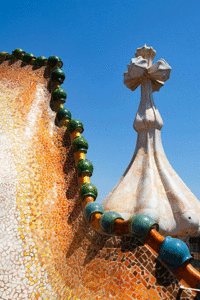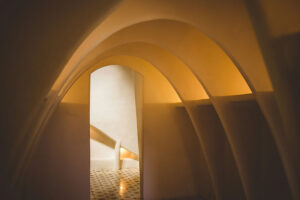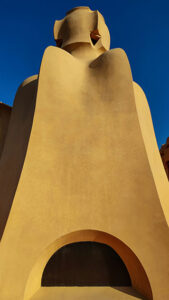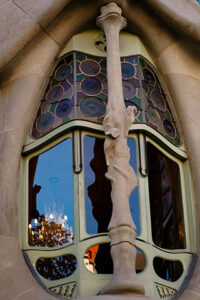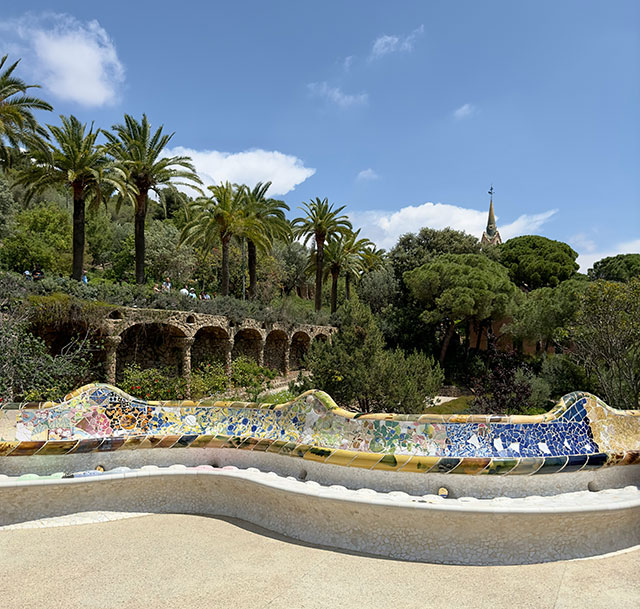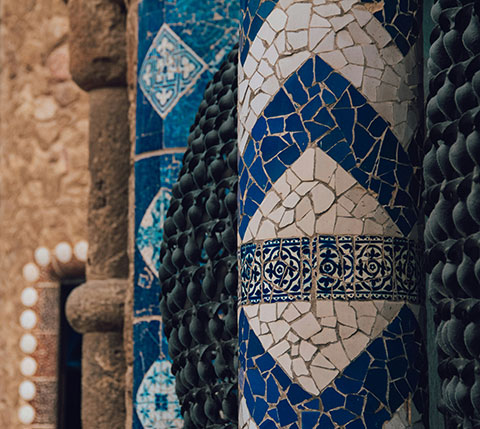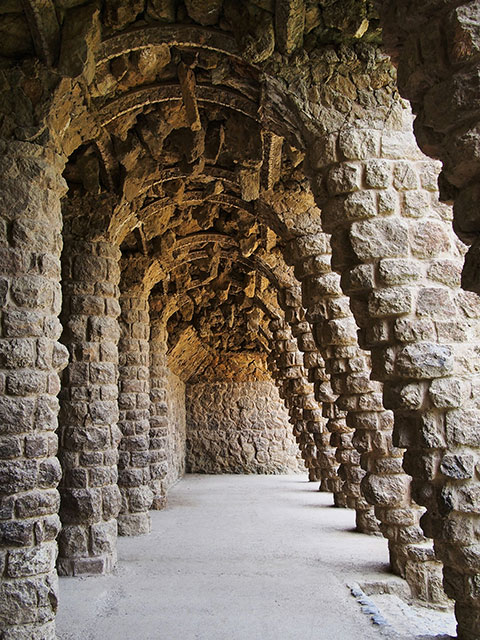The life and work of Antoni Gaudí are closely linked to the city of Barcelona, to which it owes many of its modernist architectural jewels to this illustrious architect.
Antoni Gaudí, the Sacred architect
He was the creator of several modernist-style buildings such as Casa Vicens, Casa Calvet, Casa Batlló, Casa Milà, the school of the Teresian monastery, Park Güell, the Colònia Güell chapel, and undoubtedly the majestic and unfinished basilica of the Sagrada Familia.
Gaudí’s incomparable style is especially evident in this gigantic sacred work, which kept him occupied from youth until his death, with some interruptions. This enormous monument still awaits its completion today. Only the eastern part with its corresponding four towers of 100 meters in height was completed during the lifetime of the illustrious architect, giving us an idea of the grandeur of the project. In 1883, Gaudí received the commission to build this basilica, for which there was already a neo-Gothic design by architect Francesc de Paula del Villar. An unexpected and generous donation allowed Gaudí to reject Villar’s original plan and design a monumental work with 12 towers, five long naves, and three facades.
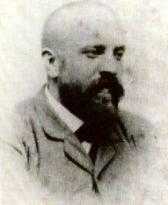
Antoni Gaudí y Cornet
1852 (Reus, Tarragona) – 1926 (Barcelona)
Gaudí was a very practical craftsman. He expressed his creativity by constantly making changes for the benefit of the whole, also being guided by his inspiration and sudden ideas. He placed great importance on the harmony between construction elements, shapes, and materials for a lively synthesis, for a unique work of total art. Gaudí was a man of great talent, an inexhaustible imagination, and a predisposition, one might say, obsessive, to embrace new styles. He often sought empirically the structural limits that would allow him to materialize his imagination in structures of unquestionable solidity. Working in cooperation with local workers, he explored the technical possibilities of the Catalan vault and innovated in many of his constructions, which seem to test the limits of statics. Behind everything Antoni Gaudí created, we find his profound metaphysical and religious vision. Gaudí understood that just as nature represents the interaction of a universal divine unity, architecture (understood as the highest of the arts) must also be a reflection and a symbol of this divine unity. Even music should be in harmony with architecture. The cathedral altars were designed to accommodate large choirs. The towers would house enormous custom-made bell tubes, and their ringing, along with the chants of tens of thousands of believers, would transform the entire city into a space of sacred joy. Only a genius like Gaudí, with an unquestionable religious faith, could coordinate all this, both mentally and practically, in total harmony.
La Sagrada Familia
The transept of the eastern part, with its four towers shaped like corn cobs, each 100 meters tall, and the main facade were completed during Gaudí’s lifetime. The facade is adorned with religious motifs, nature ornaments, stalactite pinnacles, and naturalistic figures, somewhat excessively. The towers are crowned with colorful mosaics, which, much like the pinnacles of the pyramids, are in direct contact with the celestial realm. While this work respects the basic forms of Gothic architecture, it simultaneously gives it a new aspect with an innovative style.
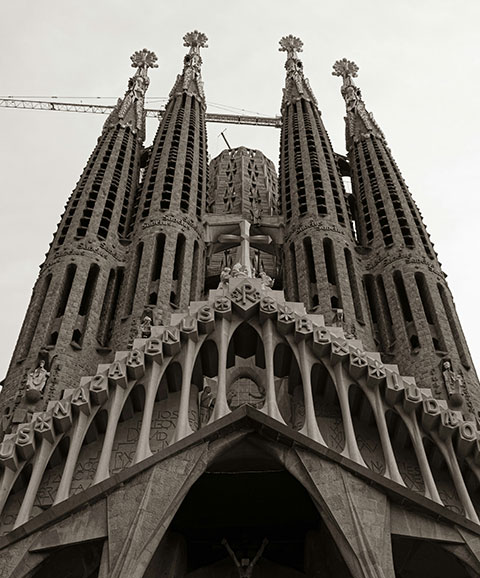
As an architect, craftsman, structural engineer, and designer, Gaudí lived and worked very modestly to dedicate himself to this project throughout his life. Day after day, his fellow citizens could see him on his way to work. In his later years, Gaudí had become an elderly man with a white beard who did not hesitate to ask for alms for his basilica. From 1910 onwards, he rejected all kinds of jobs to focus exclusively on the Sagrada Familia. Like the builders of the Middle Ages, he allowed the cathedral to rise towards the sky from a deep religious spirituality and without external help.
However, the work was abruptly interrupted when Gaudí was fatally run over by a tram on June 10, 1926, while walking around the building. Subsequently, some international alliances were initiated to try to complete the work according to Gaudí’s original idea. It was not an easy task, considering that Gaudí’s work was full of improvisations, surprises, and mysteries. He sought intuitive solutions and found a poetic expression for every construction element. To make matters worse, many of the drawings, plans, and models left by Gaudí were destroyed during the Spanish Civil War.
In 1952, once the war was over, the country rediscovered Gaudí and his work, a Gaudí renaissance that continues to this day. All of Gaudí’s buildings were declared World Heritage Sites, and the Gaudí Museum was built in Barcelona. Since then, work on the Sagrada Familia has continued tirelessly. In his non-religious works, Gaudí is more clearly seen as a master of Modernism, whose intention was to break free from the historical chains of the past and create an innovative and contemporary style for the turn of the century.
La Casa Batlló
Right in the center of Barcelona, on Passeig de Gràcia, you can admire Casa Batlló. Gaudí renovated an existing building, giving it a total transformation. There’s nothing in this building that follows a straight line. Instead of right angles and corners, the house appears molded in a wavy, fluid, and dynamic movement. Integrated into the flow of the facade, you’ll find a colorful mosaic of glazed ceramic pieces and stained glass (the famous trencadís), masterfully and imaginatively created by his collaborator Josep M. Jujol. The iridescent roof tiles, the trencadís, and the undulating balcony give the house a joyful expression, except for the theater mask shapes on the balconies, made of cast iron and painted with lead carbonate to prevent oxidation.
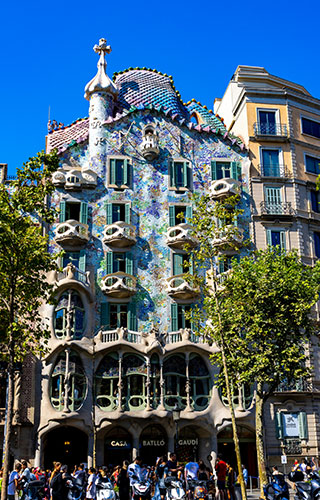
The vestibule is spacious, with walls simply plastered and tiled, contrasting with the ingeniously decorated staircase railing, adorned down to the last detail. The walls extend seamlessly towards the ceilings and floors in a harmonious and undulating transition. Casa Batlló breathes Modernism from every angle, both in its interior and exterior architecture, as well as in the furniture and decoration design. The interior details of Casa Batlló are an example of applied beauty, both in materials and in space and light.
El Parc Güell
Located in the upper part of the city of Barcelona, next to the Turó de la Rovira, Parc Güell represents another peculiarity within Gaudí’s work. The park could be described as architecture integrated into the landscape, or as a study of pure fantasy and constructive skill. Stairs, caves, columned corridors, ponds with mosaic tiles, harmless monsters and dragons, and houses that seem to be taken from ‘One Thousand and One Nights‘, among other elements, create a unique experience. On the mountain side, a long and winding bench, covered in colorful ceramics, where all the paths of the park converge, invites visitors to rest with a capacity for up to 5,000 people!
Gaudí’s work is difficult to classify into a single trend or style; it is too personal and full of fantasy. Gaudí is often defined as one of the great architects of Modernism, who had his heyday in the early 20th century in Europe, with peculiarities specific to each country and various names, and who embraced the idea of total art and organic and asymmetrical design. Gaudí deserves special recognition, as he created buildings with such commitment and intuition that they are wonderful. They stimulate the imagination and are places of harmony and pure beauty.


